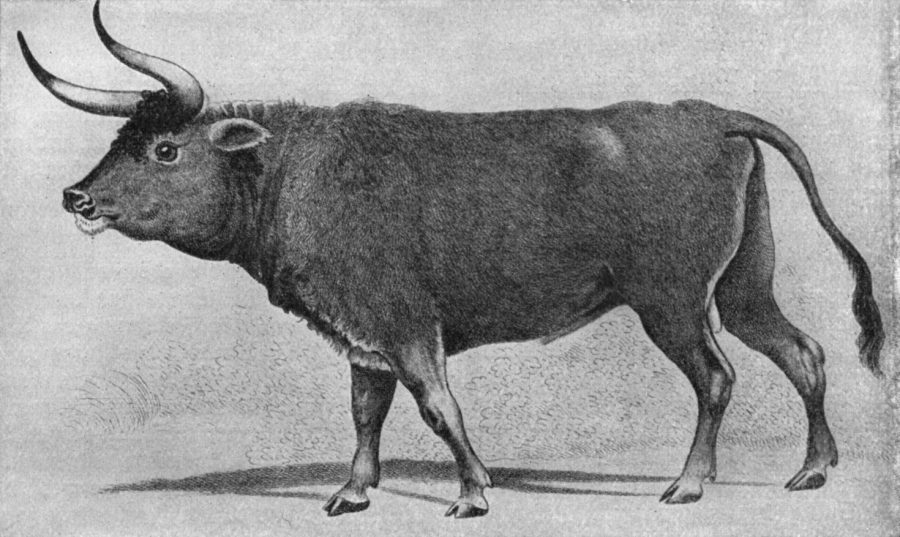OPINION: Returning Extinct Species is Not an “Undo” Button
January 31, 2017
Jurassic Park was all about bringing the dinos back to life — and exploring the havoc such creatures would inevitably wreak. However, Europe’s ecologists are already preparing to do a resurrection of their own: Ronald Goderie’s TaurOs Programme intends to return the auroch, a long-extinct bovine, to the European wilds. They predict that the project may be achieved by 2025, with a ‘Near 100% substitute’ already in forests.
The TaurOs Programme chose the aurochs for their adaptability and status as a keystone species — a species that plays a vital part of the ecosystem. The appetite of the aurochs meant that they could easily fill in the role of a predator-resistant grazing animal — one that could sustain entire species through their impact on vegetation alone.
While projects such as these could be one way to undo the ecological damage that us humans have done, it’s important to remember that these projects cannot serve as undo buttons for humanity’s foolishness. The TaurOs Programme and its contributors (Stichting Taurus, Rewilding Europe, and the Ark Foundation) lucked out when they chose the auroch as their goal: They already had easy genetic bases in the form of the auroch’s descendants, and they’re able to breed these descendants to return the old auroch’s traits. On the other hand, the Jurassic Park films and other species resurrection projects have all involved cloning and direct genetic manipulation of some kind, without any method as (relatively) easy as a proper breeding program. And, of course, the breeding method has taken quite a bit of time — the TaurOs Programme itself started in 2008 and still has around five or six generations left before they can fully recreate the auroch — and the other methods are bound to take more time and money. Choosing a species to resurrect will have to be a carefully thought out decision in order to make the most of the cost and time needed to perform these resurrections.
Another reason each species needs to be carefully decided is that an invasive species could potentially be made. Invasive species have become problems for all sorts of reasons — varieties like plants have had seeds that have fallen into cargo containers, some species are brought overseas as pets, and others are results of humans trying to manipulate nature. If a particularly long-lost species is returned to an ecosystem that has done without them for long enough, this species may be all too capable of surviving and thriving in the new environment and may inflict more harm than good.
If they don’t overpower others in the area, the species that has been recreated will need to be protected in order to ensure that it does not suffer a second extinction. There hasn’t been a history of reintroduced species vanishing again, since a project like this is a first, but if a species had vanished because of something like human interference, there’s a chance that this species could become extinct again for the same reasons as before. Many countries have wildlife preserves or similar places where construction and hunting are forbidden, and this program already has its current animals in Europe’s wilds — and they’re doing just fine. However, attempts in other nations will have to be closely monitored to prevent humanity from snuffing out the species once more.
And, finally, the process takes far too long to outpace the rate of species extinction. It’s been estimated that the current rate of extinction has been accelerated from anywhere to 1,000 to 10,000 times faster than the natural “background rate” of one to five a year, and given that the TaruOs Programme has already taken some nine years and has yet to finish, it’s much more efficient to protect the environment we already have. While restoring a species is a small miracle in and of itself, we can’t have any dino theme parks just yet — nor would it be wise to use projects like these irresponsibly.



